Sparc Technologies Limited (Sparc) has achieved a significant milestone in its partnership with Queensland University of Technology (QUT). The collaboration aims to develop sustainably sourced hard carbon anode material for sodium-ion batteries (SIBs).
Project Milestone Report
QUT has submitted a second project milestone report. It primarily outlines the results of SIB half-cell battery testing and material characterisation. The report compares multiple samples of the selected biowaste material against a commercial benchmark. Electrochemical testing verifies consistently high reversible capacities. It also shows ongoing improvements in initial coulombic efficiencies (ICE) for the biowaste-derived anodes. The new processing method under development is used for these tests. The results are benchmarked against commercial hard carbon materials using the same testing procedure.
Importance of Hard Carbon Anodes
Enhancing the capacity of hard carbon anodes is crucial for increasing the overall energy density of sodium-ion batteries. This is currently a key limitation to their widespread use in mobility applications like Electric Vehicles. Given the continuation of positive capacity results, Sparc plans to speed up its research and development in this area. The aim is to further optimise process parameters and testing to demonstrate a broader suite of battery characteristics. Sparc is also conducting a techno-economic analysis and testing the hard carbon materials at an external laboratory.
Statement from Sparc
Sparc Executive Chairman Stephen Hunt expressed satisfaction with the results from the research with QUT. He highlighted the potential of the high-capacity anode material to improve the energy density and carbon footprint of sodium-ion batteries. Sparc continues to see momentum building behind sodium-ion batteries as an alternative battery chemistry. The company remains well positioned as one of the only ASX listed companies actively targeting this growing field.
Disclaimer:
The content presented on this page has been automatically generated and has not been manually verified or edited by our team. While we strive to ensure accuracy, we cannot guarantee the validity, completeness, or timeliness of the information provided. Always consult with appropriate professionals or sources before making any decisions based on this content.







